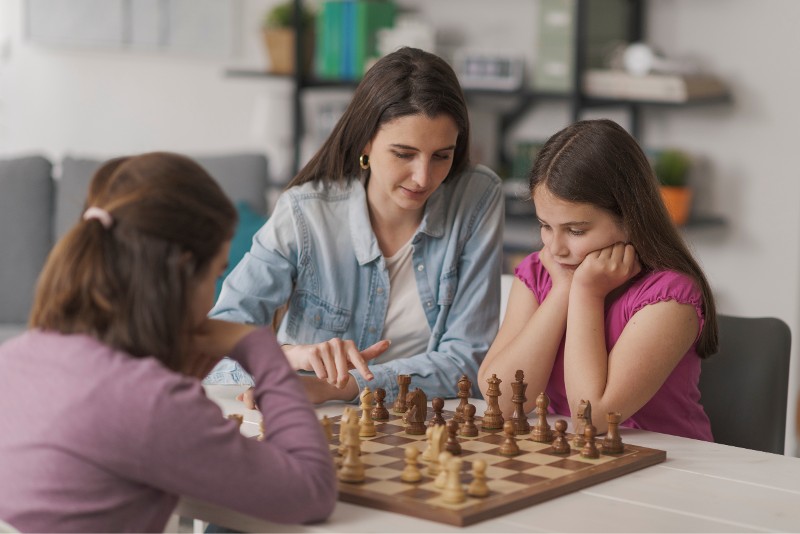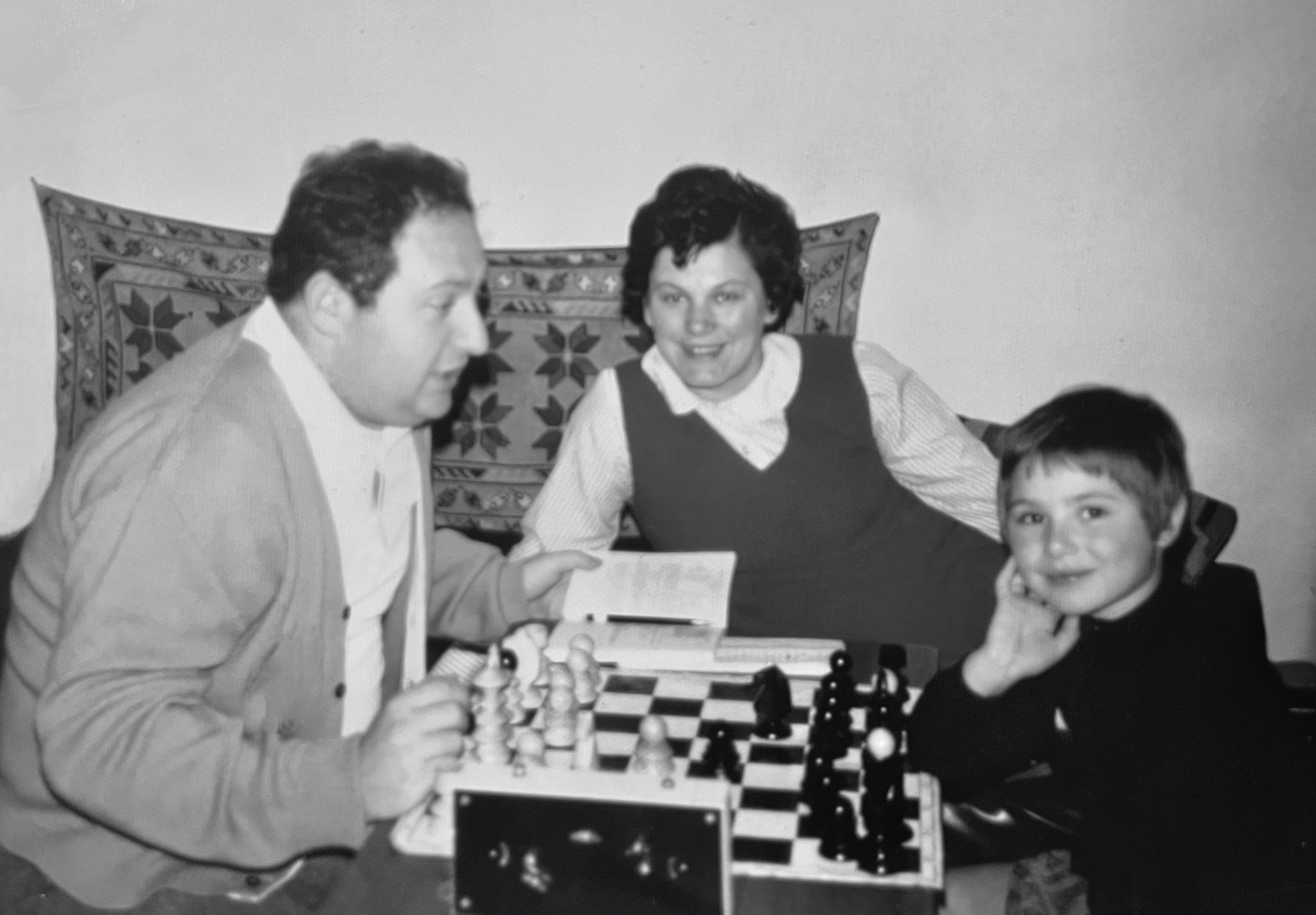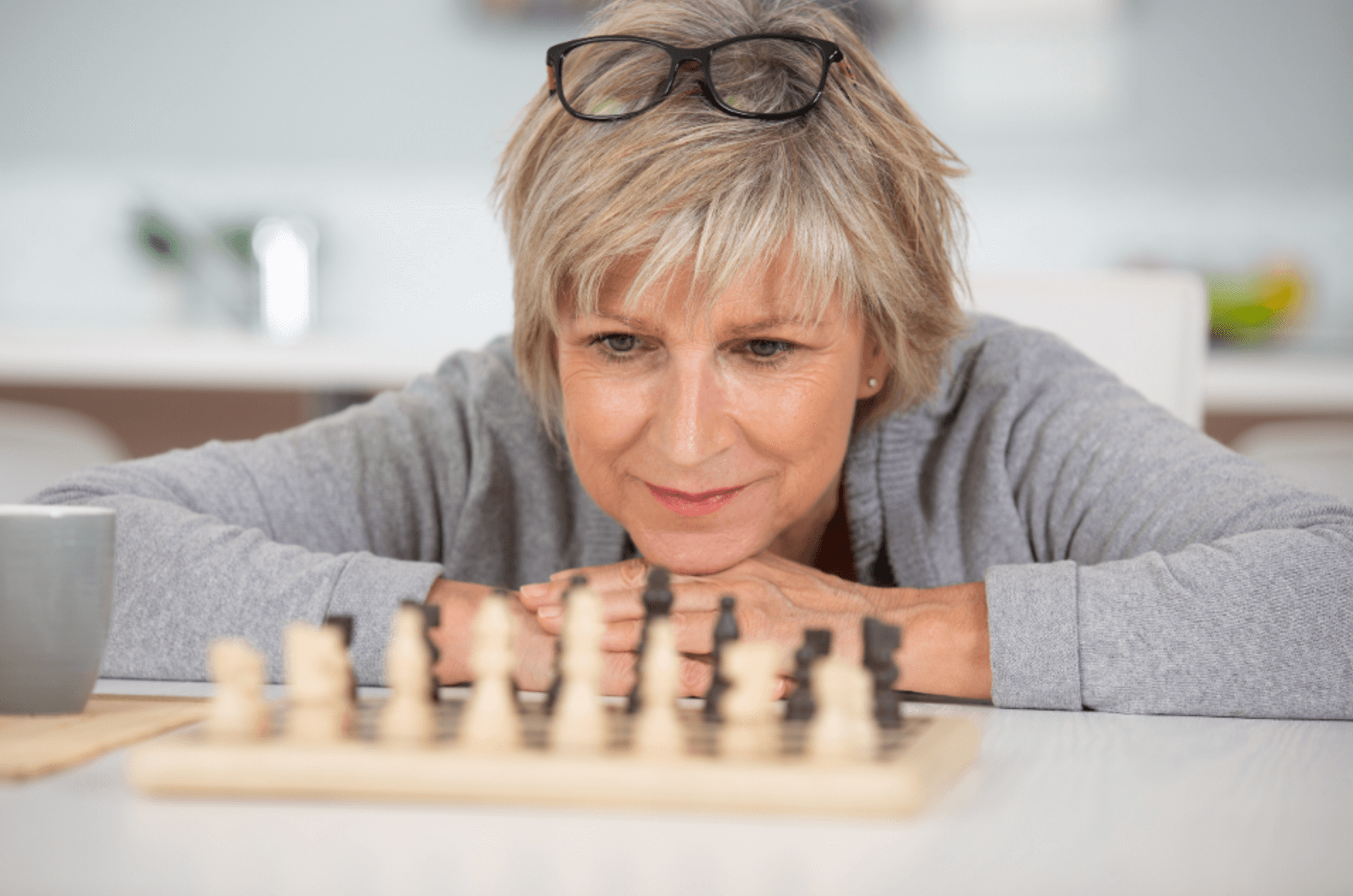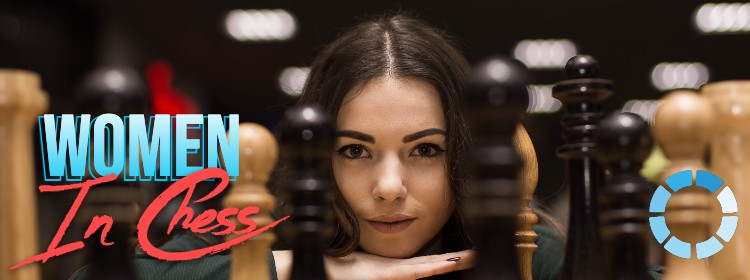The history of chess can be traced back over a millennium, with its roots in India before spreading to Persia and beyond. As the game evolved and gained popularity, so too did the participation of women, albeit at a slower pace due to various societal factors. Today, there is a growing recognition of the importance of gender equality in chess, as women continue to make their mark on the game. This article will explore the history of women in chess, the challenges they have faced, and the modern-day successes of female grandmasters. It will also discuss the story of Laszlo Polgar and his daughters, as well as the work of the FIDE Commission for Women’s Chess on promoting women in chess.
History of Women in Chess
The history of women in chess can be traced back to the 16th century, when chess became a popular pastime among European nobility. Women, particularly those from affluent backgrounds, were able to engage with the game, as it was considered an acceptable form of entertainment for them. The first known female chess player, Donna Leonora, was a Spanish noblewoman who lived in the 16th century. Since then, women have gradually become more involved in the world of chess, with female players such as Vera Menchik and Sonja Graf making waves in the early 20th century. Menchik became the first Women's World Chess Champion in 1927, a title she held until her death in 1944.
Between 1950 and 2023, women's participation and success in chess continued to increase. In 1950, the first Women's Chess Olympiad was held in Emmen, Netherlands, with Hungary emerging as the winner. Since then, the Women's Chess Olympiad has become a regular event, with teams from all over the world competing every two years.

Photo illustration @ Opening Master
In 1961, the Women's World Chess Championship was established, with the first championship being won by Nona Gaprindashvili of Georgia. Gaprindashvili went on to become a dominant force in women's chess, winning the championship five times.
In the 1970s, women began to participate in mixed-gender tournaments, with many achieving notable results. One such player was Hungarian grandmaster Judit Polgar, who became the youngest grandmaster in history at the age of 15 in 1991. Polgar went on to become the first woman to defeat a reigning world number one player, Garry Kasparov, in a classical game in 2002.
Despite these achievements, women in chess still faced significant obstacles in terms of representation and recognition. In response, organizations such as the Women's Chess Association and the Women's Grand Prix were established to promote women's chess and provide greater opportunities for female players.
In recent years, there has been a growing awareness and discussion of gender inequality in chess. Issues such as the gender pay gap, the lack of women in leadership positions, and the prevalence of sexism and harassment in the sport have been highlighted and addressed by players and organizations alike. Efforts to promote gender diversity and inclusion in chess continue, with the hope that women will continue to make strides in the sport and that their contributions will be recognized and celebrated.
Challenges Faced by Women in Chess
Despite these early successes, women have faced significant challenges throughout their chess careers. One of the primary obstacles has been the lack of representation and participation of girls in chess clubs and competitions from an early age. This can be attributed to various societal factors, including gender stereotypes and traditional gender roles that have discouraged girls from pursuing traditionally male-dominated activities.
Another challenge faced by women in chess is the notion that women's brains are somehow less capable of complex chess calculations. This misconception has persisted despite evidence to the contrary, with studies showing that there are no significant differences in cognitive abilities between men and women when it comes to chess. This has led to a lack of support and encouragement for aspiring female chess players, further exacerbating the gender gap in the sport.

Photo illustration @ Opening Master
Studies have shown that there are no innate differences in cognitive abilities between men and women when it comes to playing chess. Both genders have shown equal potential for strategic thinking and problem-solving required for the game. The idea that women are not as good as men in chess is a baseless myth that has persisted for a long time, and it is rooted in societal biases and gender stereotypes.
However, the lack of representation and participation of girls and women in chess from an early age has contributed to the gender gap in the sport. Chess clubs and competitions have traditionally been male-dominated spaces, and girls have often been discouraged from participating due to societal expectations of gender roles and stereotypes.
Despite these challenges, women have continued to make significant strides in the world of chess. With the rise of women-only tournaments and the establishment of programs that promote and support women in chess, there has been an increase in the visibility and profile of female players in recent years. The success of players like Hou Yifan and Judit Polgar has demonstrated that women are just as capable of excelling in the sport as men.
It is essential to recognize that women have the potential to be excellent chess players, and there is no inherent difference in their cognitive abilities compared to men. By breaking down societal barriers and providing equal opportunities for girls and women to participate in chess, we can work towards promoting gender diversity and inclusion in the sport, ultimately leading to a more equitable and fair environment for all.
The Polgar Sisters: A Story of Success
The story of Laszlo Polgar and his three daughters – Susan, Sofia, and Judit – serves as an inspiring example of how dedicated training and support can lead to extraordinary success for women in chess. Laszlo, a Hungarian psychologist and chess coach, believed that any child could become a genius with the right environment and education. He chose chess as the medium to prove his theory and began training his daughters at a young age.
Susan, the oldest, became the first woman to earn the Grandmaster title in 1991. Sofia, the middle sister, achieved the International Master title and scored notable victories against several male grandmasters. Judit, the youngest, went on to become the strongest female chess player in history. She held the title of the youngest grandmaster – male or female – at the age of 15, and reached a peak ranking of No. 8 in the world among all players.
Laszlo's approach to raising and training his daughters has been widely discussed and debated, with many seeing it as a unique and innovative way of developing young chess players. We will shortly explore how Laszlo Polgar trained his daughters and the impact it had on their success in chess.

Photo: Susan Polgar Twitter account: https://twitter.com/SusanPolgar
Laszlo Polgar's Approach
From a young age, Laszlo Polgar believed that talent is not innate and can be developed through hard work and dedication. He believed that anyone, regardless of their background or gender, could become an expert in any field if they put in the effort and had the right training. To test this theory, he decided to apply his beliefs to the game of chess and set out to train his future children to become chess prodigies.
Laszlo's three daughters - Susan, Sofia, and Judit - were homeschooled and received intensive chess training from their father from an early age. He believed that chess could be taught like any other academic subject and that a child's success in the game was a result of proper training and practice, rather than innate ability. He started teaching his daughters the game of chess when they were just toddlers, using pictures of chess pieces to teach them the different moves.
As they grew older, Laszlo's training methods became more intense. He would spend hours analyzing chess games with his daughters, focusing on strategy and critical thinking. He also created a rigorous training program that included studying chess theory, solving chess puzzles, and practicing their game against strong opponents.

Photo: Susan Polgar Twitter account: https://twitter.com/SusanPolgar
The Impact of Laszlo Polgar's Training Methods
Laszlo Polgar's training methods were met with both admiration and skepticism in the world of chess. Many saw his approach as innovative and groundbreaking, while others criticized him for being too extreme and rigid in his training methods. However, the results of his training were undeniable.
All three of Laszlo's daughters became chess prodigies, with Susan and Judit becoming the first and second women to earn the title of Grandmaster in chess, respectively. Sofia also achieved great success in chess, earning the title of Woman Grandmaster. The Polgar sisters dominated women's chess in the 1990s, with Judit becoming the highest-rated female player in history and Susan winning numerous world championships.
The success of the Polgar sisters has shown that talent is not innate and can be developed through proper training and dedication. Laszlo's approach to training his daughters has challenged traditional beliefs about gender and intelligence and has inspired many to pursue their passions and work hard to achieve their goals.
Laszlo Polgar's approach to training his daughters has had a significant impact on the world of chess and has challenged traditional beliefs about talent and intelligence. By emphasizing the importance of hard work, dedication, and proper training, he has shown that anyone can achieve great success in any field, regardless of their gender or background. The success of the Polgar sisters has inspired many young people to pursue their passions and work hard to achieve their goals, and their legacy in the world of chess will undoubtedly continue to inspire future generations.
Susan Polgar's recent Twitter post
I loved learning chess right from the start. The key was my father made chess very magical and fun! Because of this, I became very passionate about the game. And the results spoke for themselves, going 10-0 at the Budapest girls’ 11 and under championships at age 4.
By age 12, I won the world girls’ under 16 championship. By 15, I was the #1 female rated player in the world. At the same time, I was also the #1 15 year old in the world, boy or girl. Two years later, I was the #2 17 year old, just a bit behind Ivanchuk on one list, and Anand on the other list (FIDE used to have only 2 rating lists per year). Because of my love for chess, it never felt like a job for the past 50 years. ♟️❤️ So my advice to parents who want to introduce chess to their children, the most important thing early on is to make chess FUN!

Photo: Susan Polgar Twitter account: https://twitter.com/SusanPolgar
FIDE and Women in Chess
Recognizing the need to promote gender equality in chess, the FIDE (World Chess Federation) Commissions for Women's chess has implemented various programs and initiatives to increase female participation in the sport. These efforts include:
1. Encouraging National Chess Federations to establish women's chess committees or commissions to specifically address the needs and concerns of female players.
2. Providing training and development programs for female chess players, coaches, and arbiters to enhance their skills and knowledge.
3. Promoting women's chess tournaments and competitions to increase visibility and create more opportunities for female players.
4. Implementing gender-sensitive policies and guidelines for chess events, ensuring that the needs of both male and female players are taken into consideration.
5. Advocating for equal prize money and conditions for men and women in chess competitions, to promote fairness and encourage more women to pursue chess as a professional career.

Photo illustration @ Opening Master
Conclusion
The history of women in chess is a testament to the perseverance and talent of female players who have defied societal expectations and proven their abilities on the chessboard. In conclusion, women have been making significant strides in the world of chess, although they still face a number of challenges. Despite the significant progress made over the years, gender inequality continues to be a major issue in the sport of chess. Women have proven time and time again that they can compete at the highest levels of chess, and there is a growing recognition of their talents and achievements.
Efforts to increase the participation of women in chess, such as the creation of women-only tournaments and the establishment of programs that promote and support women in chess, have been successful in increasing the visibility and profile of women in the sport. However, there is still much work to be done to ensure that women have equal opportunities to compete and succeed in the world of chess.
Overall, the presence of women in chess is important because it represents progress towards greater gender equality in all aspects of society. It also shows that women have the ability to excel in fields traditionally dominated by men, and that they deserve to be recognized and supported in their pursuit of excellence. With continued efforts to promote gender diversity and inclusion in chess, we can hope to see even greater achievements and advancements for women in the future.
How Opening Master promotes Women in Chess
First of all, our chess database is only ONE. We do not distinguish between women and men players. We understand the participation rate is still very low in women chess compared to the men and we support any kind of girls chess programs. If we start supporting girls from the early age, provide enough role models, mentor without any stereotype we will see soon many more Grandmaster in Women Category. Wether you are in Africa, Asia, South America or Europe we have programs which support girls. Contact us if you seek individual promotion or partnership or in case of women or girls chess association do not hesitate to reach us we This email address is being protected from spambots. You need JavaScript enabled to view it.

Photo illustration @ Opening Master
The women chess databases. No we do not have that
First and foremost, we have only mix gender chess databases. It means we do not distinguish between chess in men and chess in women. The chess databases allow players to study and analyze past games. By studying the strategies and tactics used by top players, aspiring chess players can improve their own skills and understanding of the game. In addition, chess databases can be used to identify patterns and trends in a player's style, which can be helpful in preparing for a match against that player.
Second, chess databases can be used as a training tool. Many chess databases come with built-in analysis and training features that allow players to test their skills and practice specific openings or endgames. This can be particularly useful for players who are looking to improve their tactics or endgame play.
Third, chess databases can be used to track progress and measure improvement. By storing and analyzing a player's games over time, a chess database can help a player identify areas of weakness and track their progress as they work to improve.
Finally, chess databases can be used for research and analysis. Chess enthusiasts and researchers can use chess databases to study the history of the game, analyze the trends and patterns that have emerged over time, and identify the factors that contribute to a player's success.
The chess databases are an invaluable resource for players, trainers, and researchers alike. They provide a wealth of information and tools that can be used to improve one's understanding and skills in the game of chess.
Download the ability to search through 9.5 millions of human chess games played officially. Learn from the best.
Use the coupon code "EasterOM50" during your payment with card. PayPal does not offer coupon checkout, but we will refund back 50%
OpeningMaster is now available on all three major podcast platforms
We are glad we can provide this service totally for free on all major podcast platform Youtube, Spotify and Apple Podcasts so you can now enjoy the chess meditations whether you are fan of either of the three.

Visit and subscribe to our YouTube channel  to learn chess openings and much more. Listen to our Spotify Podcasts
to learn chess openings and much more. Listen to our Spotify Podcasts ![]() on weekly basis.
on weekly basis.




